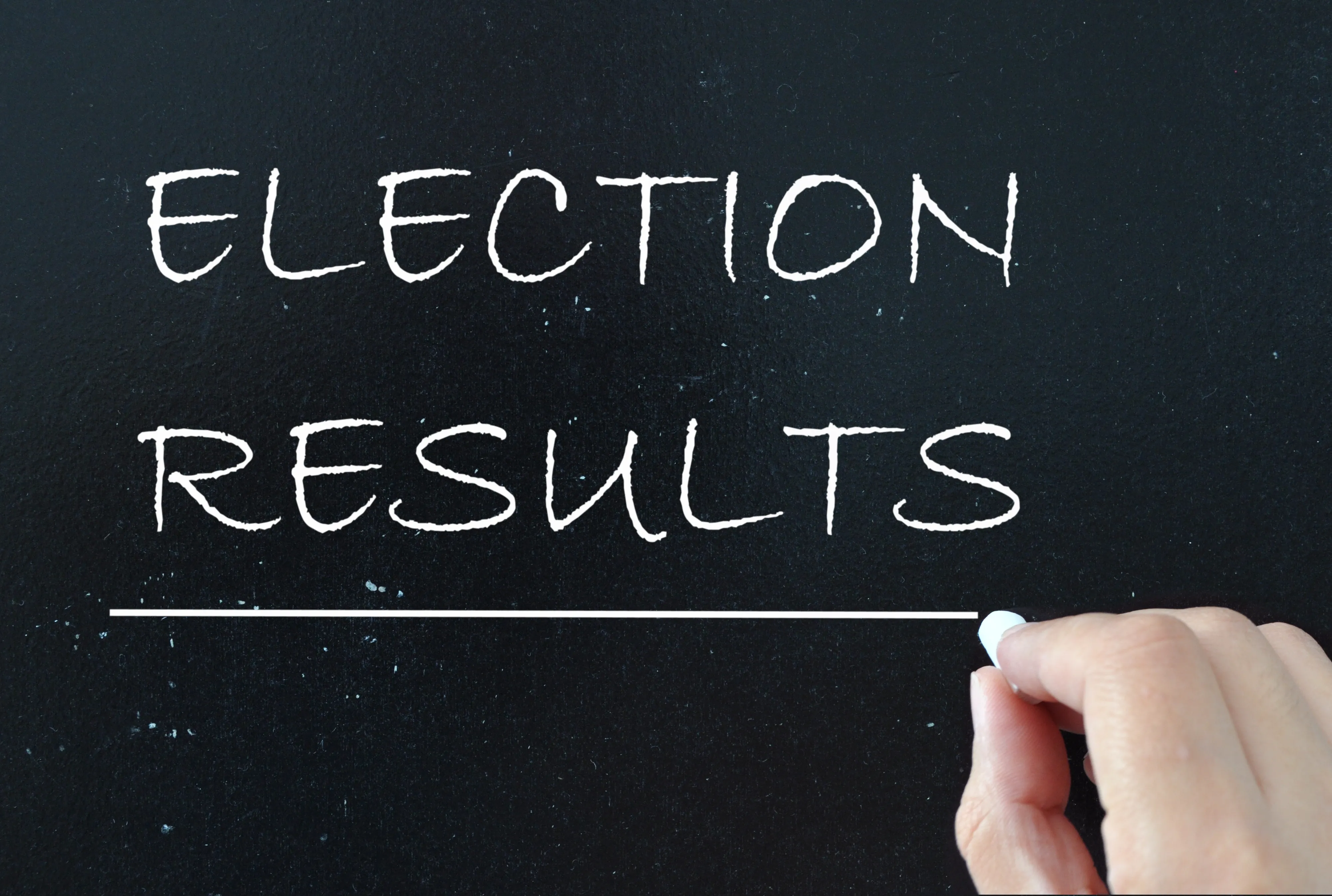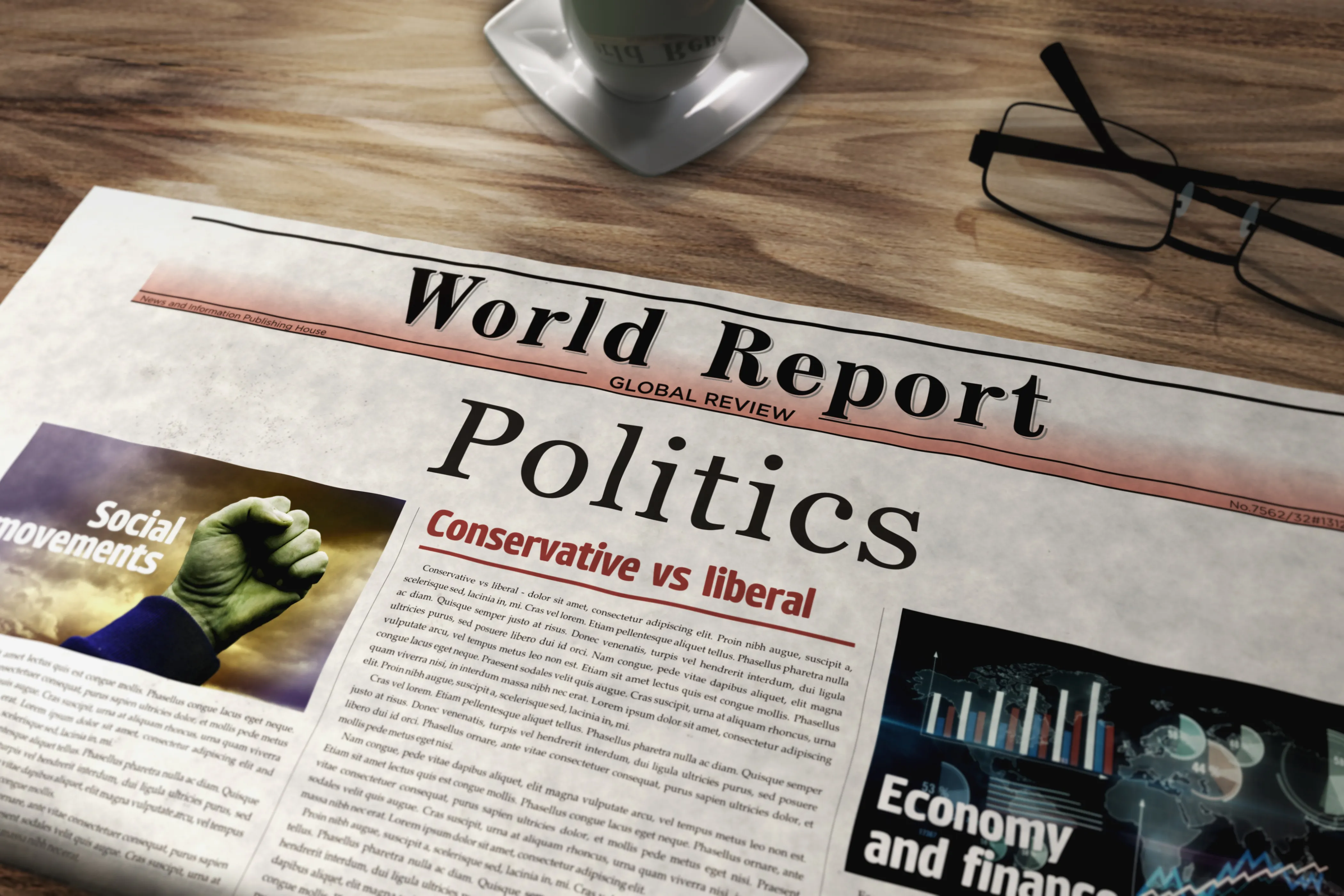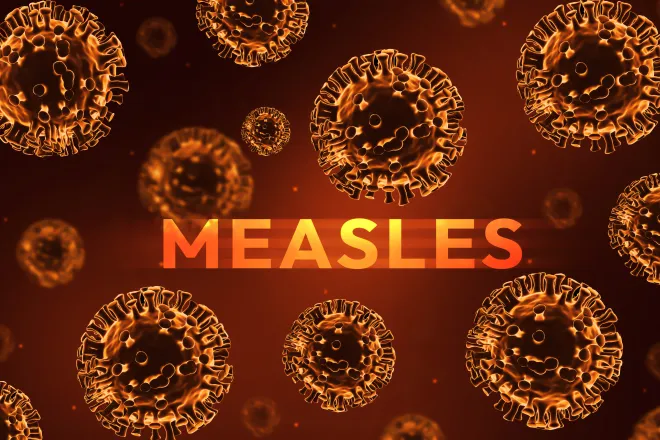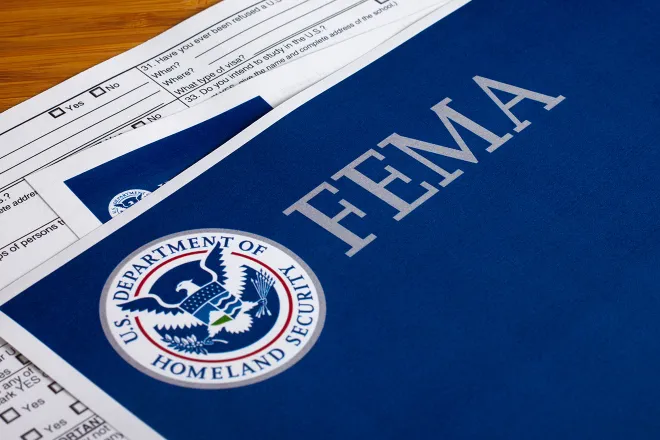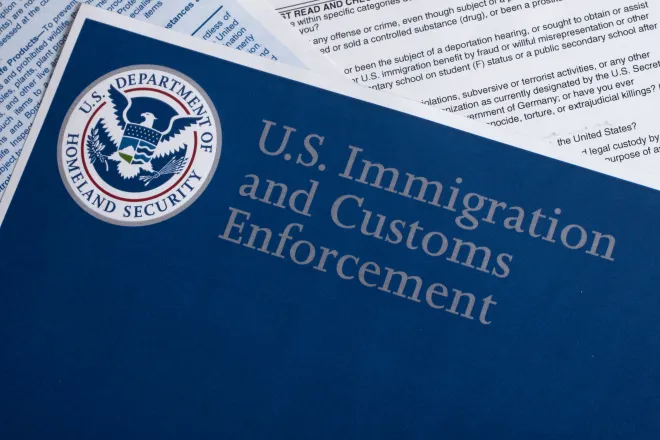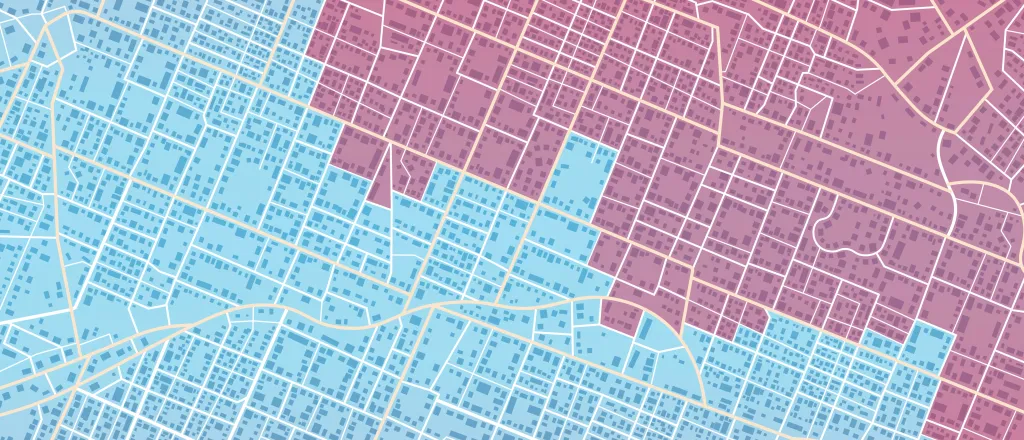
Redistricting plaintiffs: Judge has ‘no choice’ but to void Utah Legislature’s map, pick another
© Vadym Ivanchenko - iStock-1483193368
With less than a week to go before the Nov. 10 deadline to decide which map will set Utah’s congressional boundaries for the 2026 election, a Utah judge will be back in the courtroom this week to hear oral arguments in the state’s ongoing redistricting legal battle.
The lawsuit’s plaintiffs, according to court documents, are asking 3rd District Judge Dianna Gibson to do four things:
- Block SB1011, a law that the Utah Legislature passed last month along with their preferred map (known as map C) requiring that three specific statistical tests be used to evaluate congressional maps. The plaintiffs argue those tests were “cherry picked” to ensure maps that favor the state’s majority party, the Republican party, will pass.
- Declare the Legislature’s map C “fails to abide by and conform with the requirements of Proposition 4” — a ballot initiative that passed in 2018 requiring an independent redistricting process and setting neutral map-drawing criteria — and therefore block it from being used. The plaintiffs argue the new law likely violates their constitutional rights to alter and reform their government with Proposition 4 since it “impairs” the voter-approved law that the courts have upheld.
- Declare that the 2011 congressional map — the most recent map the Legislature has enacted during regular redistricting processes other than the 2021 map, which the courts have voided — also be blocked because it wouldn’t meet today’s population requirements.
- Order the Legislature to enact one of the plaintiffs’ maps to conduct Utah’s congressional elections.
The plaintiffs asked the court take on the “unwelcome task” of voiding the map C and picking an alternative map because the Legislature has “failed” to comply with Proposition 4 and has left the court “no choice but to exercise its obligation to ensure that Utahns cast ballots under a congressional map” that adheres to both federal and state constitutional requirements.

© legacyimagesphotography - iStock-160735792
“Instead of simply enacting a compliant map, the Legislature rushed through a law that would give cover for a non-compliant map,” the plaintiffs’ attorneys wrote in court documents submitted late last week. “The result of this latest effort to exempt itself from Prop 4’s anti-gerrymandering requirements was SB1011 and its three biased tests that cut to the core of the anti-gerrymandering purpose of Prop 4.”
The Legislature’s attorneys, however, argue the judge should pick the Legislature’s preferred map, arguing it was drawn under Proposition 4’s standards and does not “purposefully or unduly favor any partisan outcome.”
They also defend SB1011 as lawmakers’ “good-faith effort to define key (and vague) terms in Proposition 4” while exercising their “discretion” to decide what constitutes the “best available data and scientific and statistical methods” to use in evaluating redistricting plans.
Both the plaintiffs and the Legislature’s attorneys argue the opposing sides’ maps are “partisan outliers,” pointing to competing redistricting experts’ testimony as evidence that the other sides’ maps were designed to favor one party over another.
“Plaintiffs’ plans do not satisfy the Legislature’s chosen standards. At best, their plans are not as fair as the 2025 Plan and, at worst, their plans are themselves purposeful partisan gerrymanders,” the Legislature’s attorneys wrote, adding that the two-day evidentiary hearings last month “confirmed” that the Legislature’s map is “lawful” and the plaintiff’s maps are “extreme partisan outliers.”
The plaintiffs, however, argue expert testimony showed the Legislature’s map unduly and purposefully favors the Republican party and disfavors the Democratic Party, while also violating Proposition 4’s requirement to minimize the divisions of cities and counties across multiple districts.
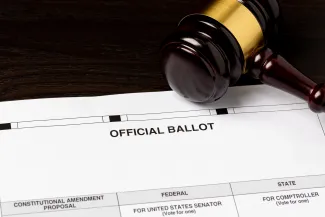
© JJ Gouin - iStock-2074087177
The plaintiffs also contend that the Legislature’s map should be disqualified because lawmakers’ map architect — Sean Trende, senior elections analyst for Real Clear Politics — said during cross-examination that he had partisan election data turned on in the map-drawing tool called Dave’s Redistricting App when he was drawing map C.
They noted that Senator Scott Sandall, R-Tremonton, who co-chaired the Legislative Redistricting Committee that recommended map C, has for years objected to members of the public using Dave’s Redistricting App because the program by default displays partisan political data as users draw maps.
“It was thus remarkable that the Legislature’s mapdrawer, Dr. Sean Trende, testified on direct examination that he had not considered political data in drawing Map C, only to admit on cross examination that he not only used (the tool) to draw Map C, but displayed partisan political data — both for the districts and for each precinct under consideration for inclusion or exclusion in a district — on the computer screen while he drew the map,” the plaintiffs attorneys wrote.
“In other words,” the plaintiffs’ attorneys added, “the Legislature’s mapdrawer did precisely what Senator Sandall warned was disqualifying for maps considered by the Legislature.”
The Legislature’s attorneys, however, argue that even though Trende drew the map on Dave’s Redistricting Application, the default political data included composite data spanning the 2012 to 2020 elections, and the “data was all but meaningless” because it was outdated.
“It did not (and could not) allow him to draw the map with the purpose to favor any political party,” legislative attorneys wrote. As lawmakers held public hearings while considering maps, they “avoided the use and discussion of partisan information throughout the legislative process.”
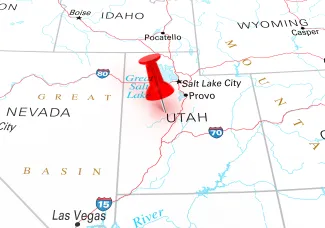
In arguments against the plaintiffs’ two proposed maps, the Legislature’s attorneys sought to discredit a map analysis from one of the plaintiffs’ retained redistricting experts, Jowei Chen.
“Dr. Chen generated 10,000 simulated Utah congressional maps using an algorithm he modified specifically for this case — an algorithm that no other computational redistricting expert uses,” legislative attorneys wrote, adding that his algorithm is “neither publicly available nor open source,” and that Chen “refused to answer in the affirmative when asked repeatedly whether his algorithm produced a representative sample of possible Utah congressional maps drawn in compliance with the law.”
Lawmakers’ attorneys added that Chen’s algorithm “repeatedly produces a district centered in the same region of northern Salt Lake County,” which they argued is evidence of “systematic geographic bias.” As a result, they argued that his algorithm “anchored a heavily Democratic district in the same portion of northern Salt Lake County in more than 90 percent of his simulated maps.”
But the plaintiffs’ attorneys wrote that Chen’s algorithm was created “specifically to comply” with Proposition 4’s criteria without incorporating any racial or political data. They assert that his computer-simulated maps “reflect the application of Prop 4’s priority-ordered redistricting criteria to Utah’s political geography and thus created a reliable distribution of maps that reflect what would be expected to result from a map-drawing process” designed to adhere to Proposition 4.
On the other hand, the plaintiffs argue that Trende’s maps don’t minimize county splits “to the greatest extent practicable.”
“Dr. Trende’s failure to conform his ensembles to Prop 4’s requirements caused his simulated maps to be substantially skewed in favor of Republicans,” the plaintiffs’ attorneys wrote. “Had he conformed his ensembles to Prop 4’s criteria, their partisan composition would have shifted substantially.”
Gibson is scheduled to begin hearing oral arguments Tuesday at 9 a.m.



